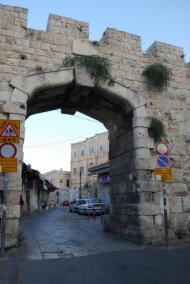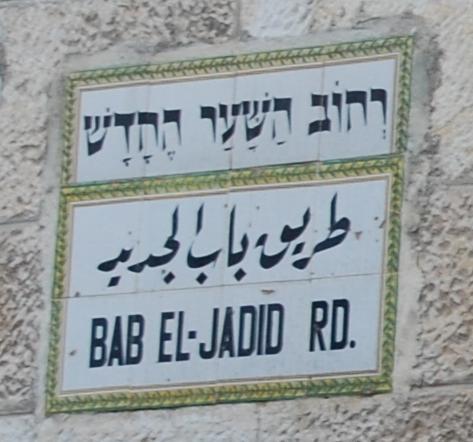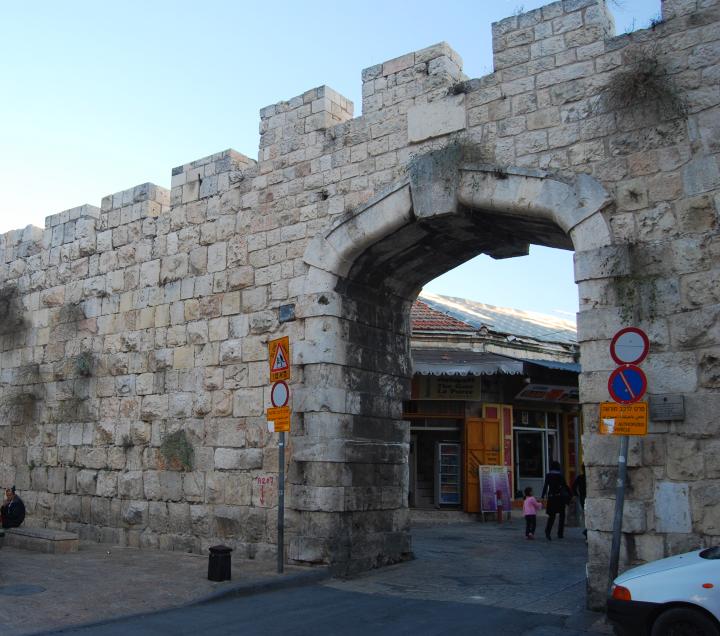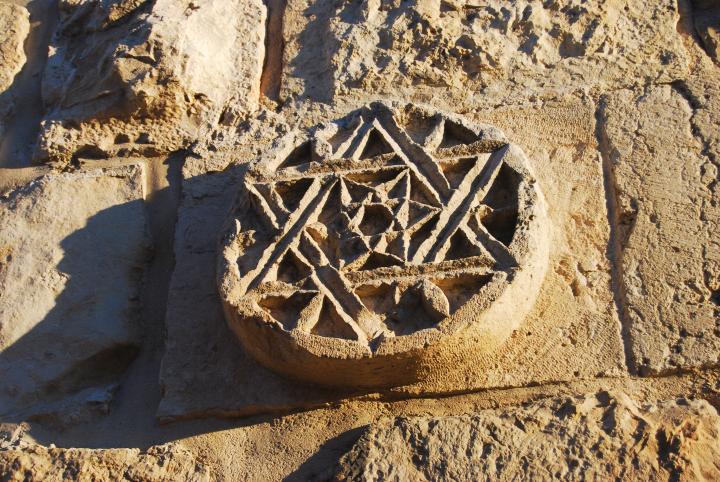The New gate is located on the west side of the old city . It was opened in 1889 to allow an easier access to the Christian quarter.
Home > Sites > Jerusalem > New Gate
Contents:
Overview
Location
History
Photos
Etymology
Overview:
The New Gate is one of the eight gates located in the walls surrounding the Old City of Jerusalem. It is located on the northwest side of the city, and was built in the 19th century during the Ottoman Empire.
The New Gate was added to the walls in 1887 to provide easier access for Christian pilgrims visiting the holy sites in the Christian Quarter of the Old City. The gate was built in the style of the Ottoman architecture of the time, and features a large archway and two smaller arches on either side.
Today, the New Gate is an important entrance to the Old City, and is frequently used by tourists and visitors to access the Christian Quarter, the Tower of David Museum, and other sites in the city. The area around the New Gate is also known for its restaurants, cafes, and shops selling religious items and souvenirs.
Location:
The aerial map shows the 8 gates of Jerusalem, with the new gate on the left (west side), facing west (modern) Jerusalem. These are the gates, listed clockwise starting from the new gate on the west corner:
1. New gate (this site)
2. Damascus gate (on the north-western side)
3. Herod’s gate (on the north side)
4. Lions’ gate (near St. Anna)
5. Golden gate (a closed double gate, also called the gate of mercy)
6. Dung gate (on south side, near the western wall)
7. Zion gate (on the south-west side)
8. Jaffa gate (tower of David)
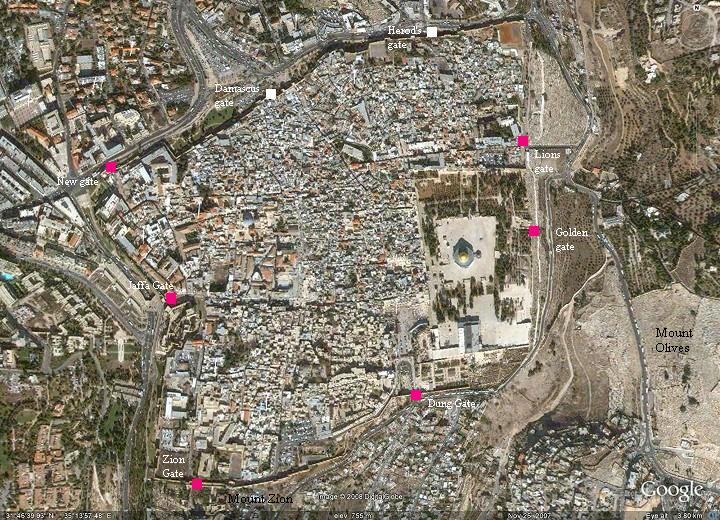
History of the place:
- Ottomans
The Ottomans built the present walls of Jerusalem in 1540. Only 350 years later, after requests by the French ambassador in Turkey, the Sultan Abed El-Chamid allowed to open another gate in the walls. It was opened in 1887.
The new access allowed an easier access to the Christian quarter from the outside, including the monasteries outside the walls, such as Notre Dame de France across the street.
- Israel
During the Independence war, in July 1948, Israeli soldiers forced into the old city through this gate, and established a bridgehead; they later retreated through the gate. A plate is displayed on the right side of the gate, commemorating this event.
The old city was under Jordanian rule until 1967. After the 6 day war the gate was reopened.
Photos:
An external view of the new gate from the western side is seen below:
Click on the photos to view in higher resolution…
Another view of the gate:
An interesting detail can be seen near the gate – a Shield of David (“Magen-David”) is embedded in the wall near the corner of the wall.
Etymology (behind the name):
- Sha’ar – Hebrew: Gate
- Chadash – Hebrew: New
- Jadid – Arabic: new
- Bab – Arabic: gate
- Magen – shield
Links:
-
Excavations (2003) – The excavations were conducted along the wall, east of the new gate. In the 4 areas that were opened, the archaeologists identified findings dated from the 10th century AD. They concluded that the present wall in the north-western section was built on the remains of fortifications from earlier periods. The ancient walls therefore dictated the course of the newer 16th C Ottoman wall which stands today. Traces of a Crusader-era gate, perhaps “Lazarus gate”, was unearthed 150M to the east of the new gate, near the corner of the wall. It was the “new gate” of the Crusaders period, built to allow easy access for the pilgrims to the Holy Sepulcher after they were forbidden to enter through Damascus gate.
BibleWalks.com – walk with us through the sites of the Holy Land
Lions’ Gate<—previous Jerusalem site–<<< All Sites >>>—next Jerusalem site–> Mount Zion
This page was last updated on Feb 20, 2023 (new overview)
Sponsored links:
